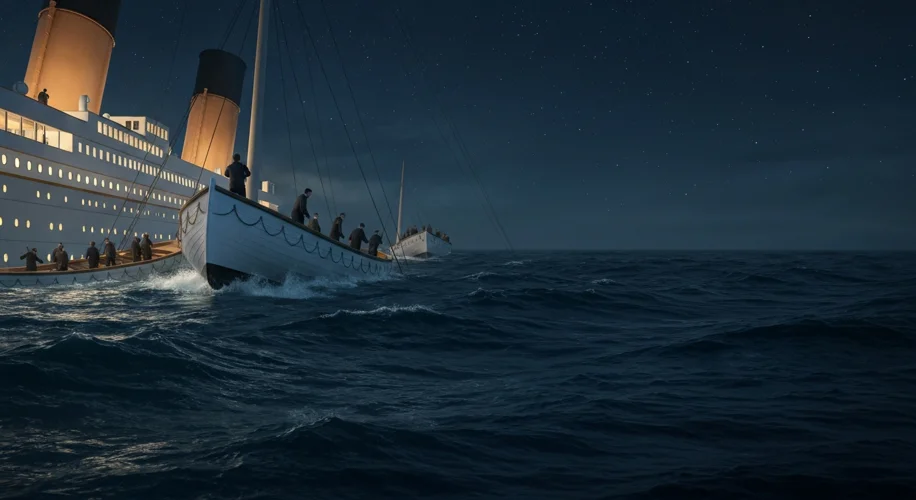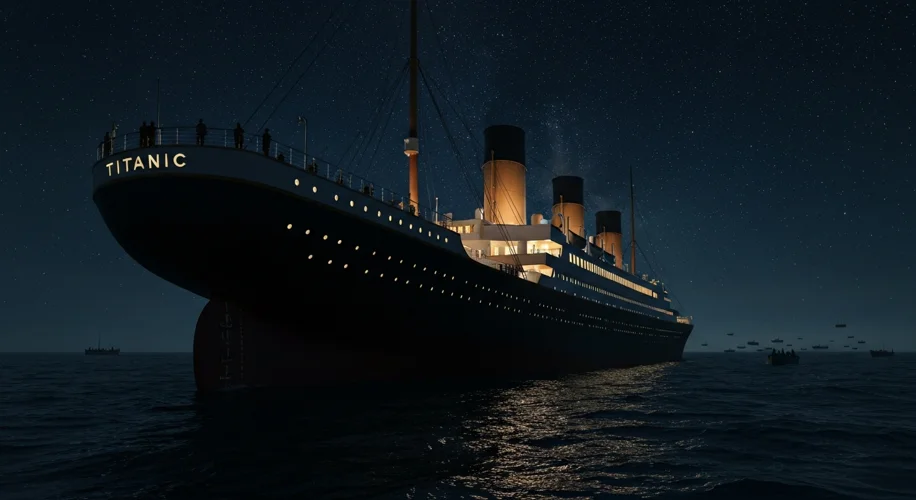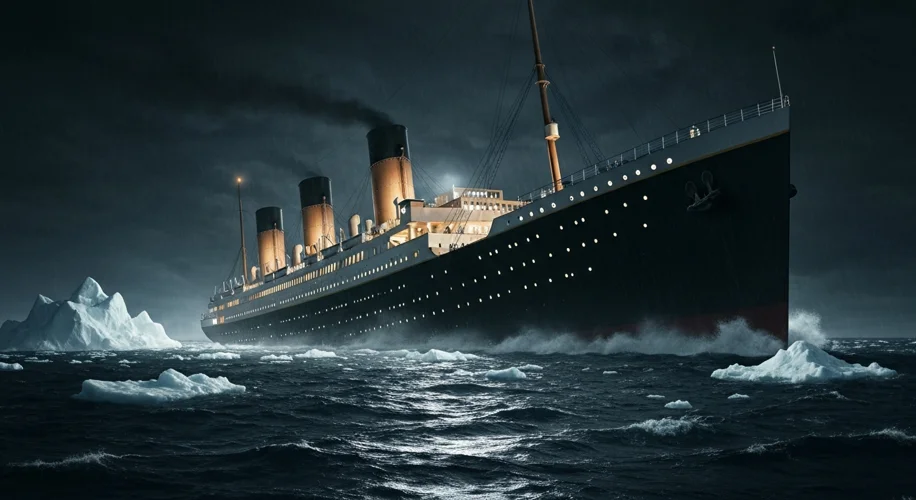The year is 1912. The air crackles with the opulence and self-assurance of the Edwardian era. In Southampton, England, a behemoth of steel and dreams prepares for its maiden voyage. This is the RMS Titanic, a vessel so grand, so technologically advanced, it was proclaimed “unsinkable.” A floating palace designed to ferry the crème de la crème of society across the Atlantic, the Titanic represented the zenith of human ingenuity and ambition.
Among its 2,224 souls were titans of industry, renowned artists, and hopeful immigrants, all bound by the promise of a new world or a triumphant return. The ship itself was a marvel: a testament to the gilded age, boasting lavish dining rooms, elegant staterooms, a swimming pool, and even a gymnasium. Its sheer scale and the luxury it offered were unparalleled, a floating microcosm of the era’s burgeoning wealth and confidence.
But beneath the veneer of invincibility lay a chilling undercurrent of complacency. The pursuit of speed and prestige led to decisions that would have dire consequences. Captain Edward Smith, a seasoned mariner nearing retirement, was under pressure to make good time, a sentiment echoed by the White Star Line, Titanic’s owner. As the ship sliced through the frigid North Atlantic, it received multiple ice warnings from other vessels, yet the speed remained largely undiminished. This was an era where technological mastery seemed to conquer all, and the ocean’s natural perils were perhaps underestimated.
On the night of April 14th, 1912, the calm sea belied the deadly threat lurking in the darkness. Lookout Frederick Fleet, peering into the moonless night, spotted an iceberg directly in their path. The warning came too late. Despite desperate maneuvers by the crew, the Titanic struck the colossal ice mass a glancing blow along its starboard side.

The impact, though not immediately catastrophic in the way many imagined, was fatal. The hull, designed to withstand brute force, was breached in multiple compartments. The watertight bulkheads, intended to keep the ship afloat even if a few compartments flooded, were not sealed at the top, allowing water to spill over from one compartment to the next, like water filling an ice cube tray. The unthinkable began to happen: the unsinkable ship started to sink.
Panic, though not immediate, soon set in as the grim reality dawned. The lifeboats, tragically insufficient for the number of people on board—a reflection of outdated regulations and the era’s overconfidence in the ship’s safety—were launched, often with many empty seats. The stark class divisions on board became tragically apparent as well; the lower decks were sealed off, and the majority of third-class passengers never even had a chance to reach the lifeboats. The cries of those left behind, the chilling sounds of the ship breaking apart, and the icy plunge into the Atlantic created a scene of unimaginable horror.

As the Titanic slipped beneath the waves, its stern rose dramatically into the air, a final, agonizing silhouette against the starry sky, before it too succumbed to the icy depths. In just over two hours, this monument to human achievement became a tomb for over 1,500 souls. The few lifeboats that had been launched, filled with survivors shivering in the freezing water, could only listen to the dying screams of those in the sea.

The aftermath of the Titanic disaster sent shockwaves across the globe. The sheer scale of the loss, the tragic loss of life, and the hubris that seemed to have led to the tragedy spurred immediate and lasting changes. Maritime safety regulations were drastically overhauled. The International Convention for the Safety of Life at Sea (SOLAS) was established in 1914, mandating sufficient lifeboats for all on board, regular lifeboat drills, and 24-hour radio watches. The pursuit of speed was tempered by a newfound respect for the ocean’s power.
The sinking of the Titanic became more than just a maritime accident; it became a profound cultural touchstone, a stark reminder of human fallibility, the dangers of unchecked technological optimism, and the brutal realities of social inequality. It served as a powerful symbol, shattering the Edwardian era’s illusion of control and ushering in a more sober, introspective period. The story of the Titanic continues to captivate and haunt us, a timeless epic of ambition, tragedy, and the enduring power of the sea.

